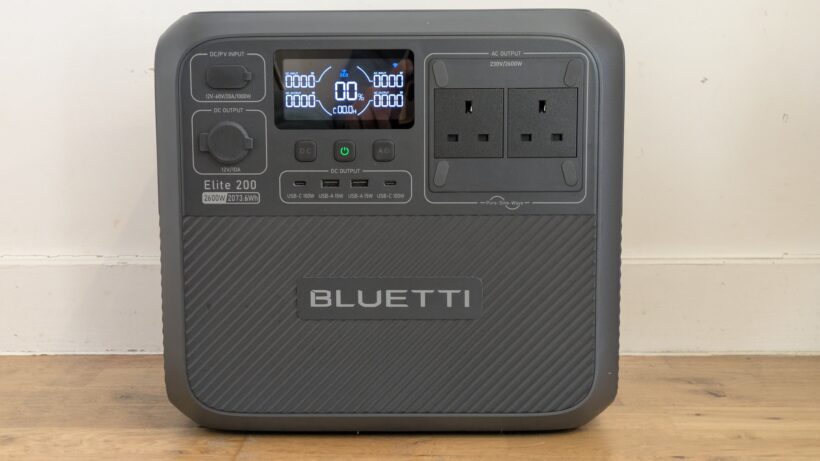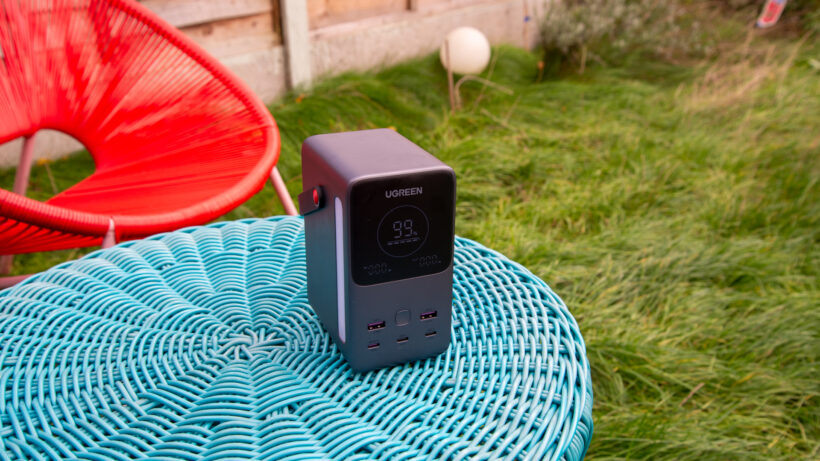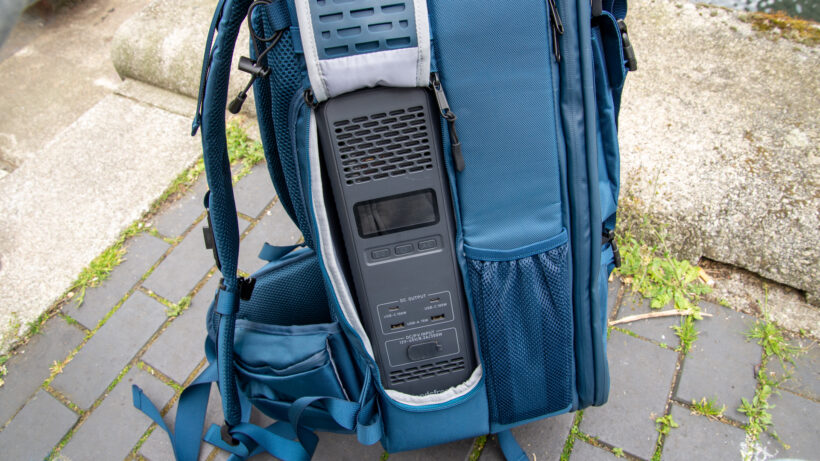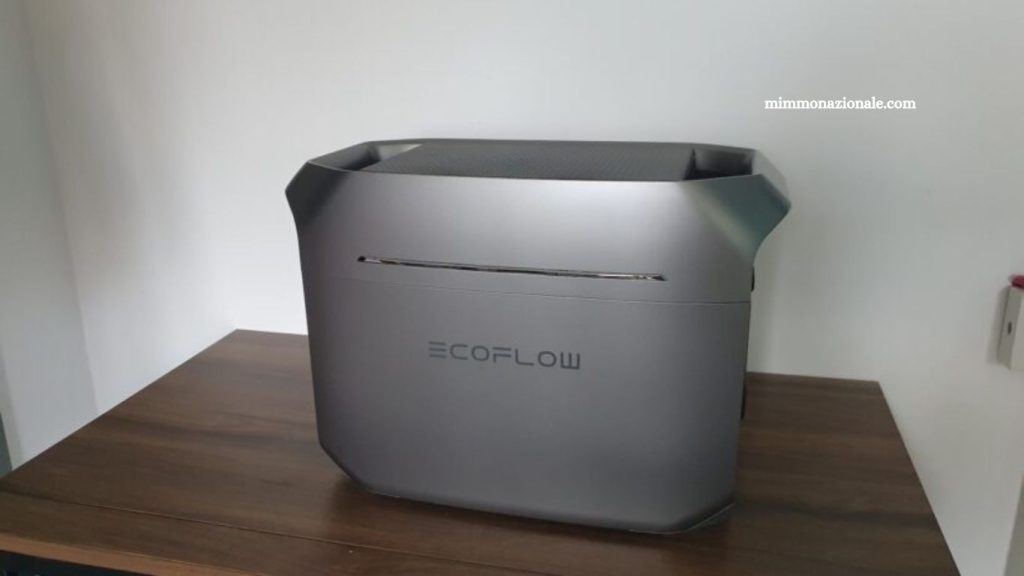The Best Power Stations of 2025 redefine how we stay powered at home, outdoors, and on the go. Whether you’re preparing for unexpected outages, planning a family camping trip, or working remotely, these advanced power stations deliver dependable, portable energy whenever you need it. Featuring longer battery life, faster charging, and solar compatibility, the latest models offer eco-friendly and efficient solutions for modern lifestyles.
From running essential appliances during blackouts to charging laptops and phones on your adventures, a high-quality power station ensures you’re never left in the dark. Discover the top-rated options of 2025 that combine power, portability, and performance—perfect for home backup, travel, and every moment in between.
Why You Need a Power Station for Outdoor Trips
Portable power stations have evolved dramatically in recent years. What started as bulky backup units has transformed into compact, high-performance systems capable of powering multiple devices at once. Modern models can handle everything from smartphones and tablets to larger gear like electric coolers, portable projectors, and even small kitchen appliances.
For travelers, campers, or digital nomads, that versatility can make a world of difference. You can charge your camera during a mountain hike, power lights at night, or keep your drone ready for sunrise footage—all without worrying about running out of juice.
Read More: Oura Ring 4 Review: Leading the Pack in Long-Term Wearables
Innovation Driving the Next Generation of Power Stations
Recent advancements in battery technology have made today’s power stations far more capable and energy-efficient than ever before. Many models now feature lithium iron phosphate (LiFePO₄) batteries, known for their longevity and safety. This technology offers thousands of charge cycles, meaning your investment will last for years of adventures.

Another major leap forward is solar compatibility. Portable solar panels can recharge your power station during the day, extending its runtime indefinitely in sunny conditions. This makes it an excellent choice for off-grid camping or eco-friendly travel. Simply set up your solar panels while relaxing at your campsite, and you’ll have renewable energy ready when night falls.
What to Look for When Buying a Power Station
Choosing the right power station depends on how and where you plan to use it. Here are a few key factors to consider before making a purchase:
Battery Capacity (Wh)
Capacity determines how long your devices can stay powered. For short weekend trips or charging small electronics, a 300–500Wh unit is usually enough. For extended camping or powering appliances, consider a 1000Wh or larger model.
Power Output (W)
Look at the maximum wattage the unit can deliver. If you plan to run multiple devices at once, ensure the total output meets or exceeds your combined needs. Some models support surge wattage for devices like blenders or coffee makers that require a quick power boost.
Port Variety
The best power stations feature a mix of AC outlets, USB-A, USB-C, and DC ports. More options mean more flexibility to charge various gadgets simultaneously.
Charging Options
Look for models that can recharge via wall outlets, car sockets, or solar panels. Fast-charging capability is also a plus if you’re often on the move.
Portability
Weight and design matter, especially if you’re hiking or backpacking. A compact, easy-to-carry model will save space and effort.
Safety and Build Quality
A durable design with built-in protection against overcharging, overheating, and short circuits ensures peace of mind during outdoor use.
How We Test Power Stations
Our review process goes far beyond checking specifications on paper. Each power station we recommend undergoes extensive real-world testing to verify performance, durability, and efficiency.
We measure:
- Charging efficiency: How quickly and effectively the station recharges using AC, DC, and solar inputs.
- Power output: How much usable power the device delivers across various load conditions.
- Energy cost per kWh: Calculated over the lifespan of the station to assess long-term value.
These tests reveal not only which models meet their claimed specs but also how they perform in actual outdoor scenarios—so you know exactly what to expect before you buy.
Power Banks vs. Power Stations: What’s the Difference?

If your needs are limited to keeping a smartphone or tablet charged during a short trip, a portable power bank is likely enough. They’re smaller, lighter, and easily fit in a backpack or pocket.
However, for more demanding uses—such as powering a mini fridge, laptop, or multiple cameras—portable power stations are the superior choice. They offer higher capacity, multiple outlets, and the ability to run or recharge several devices simultaneously.
In short, think of power banks as personal chargers and power stations as portable energy hubs for your entire campsite or van setup.
Top Reasons to Invest in a Quality Power Station
- Stay Connected Anywhere: Charge essential devices even in remote areas without relying on traditional electricity sources.
- Support for Remote Work: Ideal for freelancers, content creators, and digital nomads who need reliable power on the go.
- Emergency Preparedness: A dependable backup power solution for home use during blackouts or natural disasters.
- Eco-Friendly Charging: Pairing with solar panels reduces your carbon footprint while maintaining independence from the grid.
- Cost Efficiency Over Time: Modern power stations with LiFePO₄ batteries deliver thousands of charge cycles, offering long-term savings.
How to Maximize Your Power Station’s Performance

To get the most out of your device, follow a few best practices:
- Fully charge before trips to ensure maximum capacity.
- Avoid overloading the power station with devices that exceed its rated output.
- Store in a cool, dry place and recharge every few months to maintain battery health.
- Clean solar panels regularly to improve charging efficiency if using renewable input.
Frequently Asked Questions
What is a portable power station?
A portable power station is a compact battery-powered device that provides electricity for charging and running electronics when you’re off-grid or during emergencies.
How long can a portable power station last?
Battery lifespan varies by model, but most quality power stations last between 500 to 3,000 charge cycles, translating to several years of regular use.
Can I charge a portable power station with solar panels?
Yes. Many modern power stations are solar-compatible, allowing you to recharge them sustainably using portable solar panels—perfect for camping or remote travel.
What devices can a power station run?
Depending on capacity, a power station can power smartphones, laptops, cameras, mini-fridges, lights, drones, and even small kitchen appliances.
What’s the difference between a power bank and a power station?
Power banks are smaller and designed for charging personal devices, while power stations have higher capacity and can run multiple or larger appliances.
How do I maintain my power station for longer life?
Keep it charged between 20–80%, store in a cool, dry place, and recharge every few months to maintain battery health.
Are portable power stations safe to use indoors?
Yes, they’re safe and emission-free since they don’t use fuel or produce fumes, making them ideal for both indoor and outdoor use.
Conclusion
A portable power station is more than just a backup power source—it’s a reliable companion for every adventure. Whether you’re camping, hiking, traveling, or preparing for emergencies, it ensures your essential devices stay powered anytime, anywhere. With advanced battery technology, solar charging options, and durable designs, modern power stations deliver convenience, efficiency, and peace of mind.

